Weighted vests have quietly evolved from a niche military and athletic tool into a mainstream fitness accessory. These deceptively simple garments, designed to add extra load to the body's core, are now appearing everywhere from high-intensity gym classes to suburban walking trails. What began as specialized equipment for soldiers and elite athletes has transformed into a versatile training tool embraced by fitness enthusiasts of all levels.
The modern weighted vest traces its origins to military training programs where soldiers needed to condition their bodies for carrying heavy gear over long distances. Special forces units particularly valued these vests for their ability to simulate real combat loads without restricting movement. It wasn't long before professional athletes noticed the benefits and began incorporating weighted vests into their training regimens. Baseball players used them to increase swing power, basketball players wore them for vertical jump training, and football players utilized them for explosive speed development.
Science Behind the Weight
Research has shown that adding just 5-10% of body weight through a vest can significantly increase energy expenditure during exercise. A study published in the Journal of Strength and Conditioning Research found that wearing a weighted vest equivalent to 15% of body mass during walking increased calorie burn by approximately 12%. The key lies in how the weight distribution challenges the body's center of gravity, forcing muscles to work harder to maintain posture and movement efficiency.
The benefits extend beyond simple calorie counting. Regular use of weighted vests has been shown to improve bone density, particularly important for aging populations at risk of osteoporosis. The added load creates beneficial stress on bones, stimulating the osteoblasts that build new bone tissue. This makes weighted vests an increasingly popular tool in preventative health programs for middle-aged and older adults.
Design Evolution
Early weighted vests were often cumbersome affairs - bulky, poorly balanced, and prone to causing chafing. Today's models showcase remarkable innovation in materials and ergonomics. Modern vests distribute weight evenly across the torso using small, segmented weights that contour to the body. Advanced designs incorporate breathable, moisture-wicking fabrics with adjustable straps for a secure, comfortable fit. Some premium models even feature modular weight systems that allow users to customize the load for different exercises.
The military influence remains visible in many designs, particularly in the durability of materials and secure fastening systems. However, consumer models now prioritize comfort and versatility, with sleek profiles that can be worn discreetly under clothing. This evolution has been crucial in transitioning weighted vests from specialized equipment to everyday fitness tools.
Beyond the Gym: Unexpected Applications
While most associate weighted vests with athletic training, they're finding surprising applications in rehabilitation and special education. Physical therapists use lightly weighted vests to help patients recovering from injuries rebuild strength and stability. The added resistance provides proprioceptive feedback that improves balance and coordination during recovery.
In educational settings, weighted vests have shown promise for children with sensory processing disorders. The gentle, distributed pressure appears to have a calming effect, helping students focus better in classroom environments. Occupational therapists often incorporate them into treatment plans for autism spectrum disorders, though research in this area remains ongoing.
Training Considerations and Safety
Despite their benefits, weighted vests aren't suitable for all activities or fitness levels. Experts recommend starting with no more than 5% of body weight and gradually increasing the load. High-impact exercises like running can put excessive stress on joints when performed with added weight, particularly for beginners. Proper form becomes even more crucial when training with a vest, as the extra load can amplify poor movement patterns.
Seasoned trainers suggest using weighted vests primarily for bodyweight exercises, walking, and controlled strength movements rather than explosive activities. The vest should fit snugly without restricting breathing or shoulder movement. Most importantly, users should listen to their bodies and remove the vest immediately if they experience any joint pain or discomfort.
The Future of Weighted Training
As wearable technology advances, smart weighted vests are beginning to emerge. These next-generation devices incorporate sensors to track form, monitor workout intensity, and even adjust weight distribution automatically. Some prototypes feature heating elements for muscle warm-up or vibration motors for added muscle activation. While still in early stages, these innovations point toward a future where weighted vests become interactive training partners rather than passive equipment.
The growing interest in home fitness, accelerated by recent global events, has further boosted the popularity of weighted vests. Unlike bulky gym equipment, they offer significant training benefits without requiring much space or setup. This convenience factor, combined with proven effectiveness, suggests weighted vests will remain a fitness staple for years to come.
From their military origins to their current status as a versatile training tool, weighted vests have completed an unlikely journey into the fitness mainstream. As research continues to uncover new applications and technological enhancements make them more effective than ever, these simple yet powerful devices seem poised to become as fundamental to fitness as dumbbells or resistance bands. Whether you're an elite athlete or simply looking to add intensity to your daily walk, the humble weighted vest offers benefits that are hard to ignore.
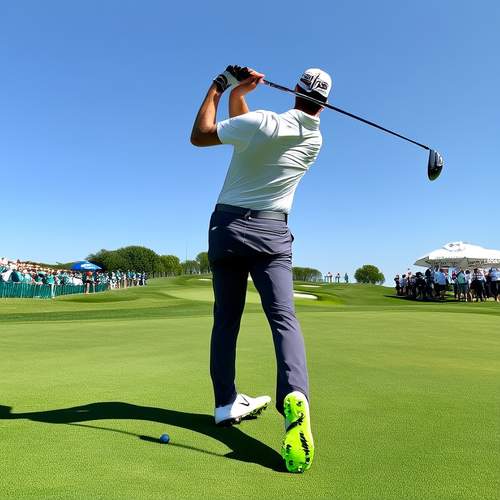
By George Bailey/May 20, 2025

By Rebecca Stewart/May 20, 2025
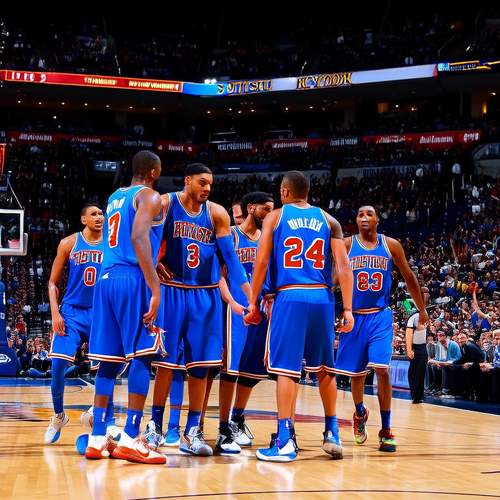
By Ryan Martin/May 20, 2025
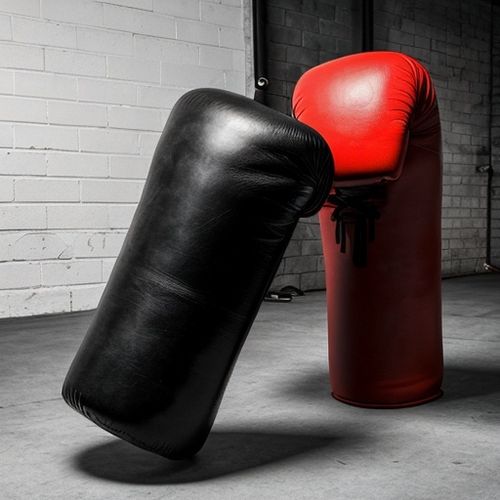
By Amanda Phillips/May 8, 2025
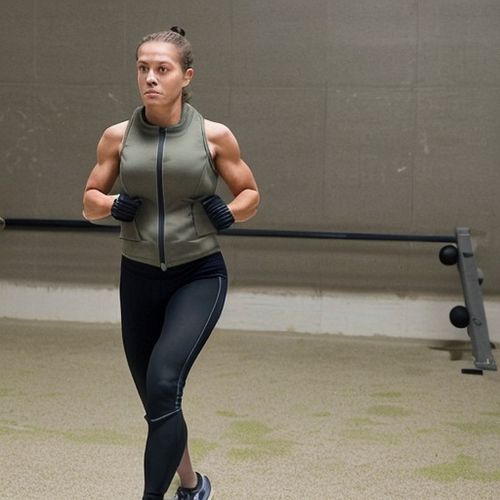
By Lily Simpson/May 8, 2025

By Laura Wilson/May 8, 2025
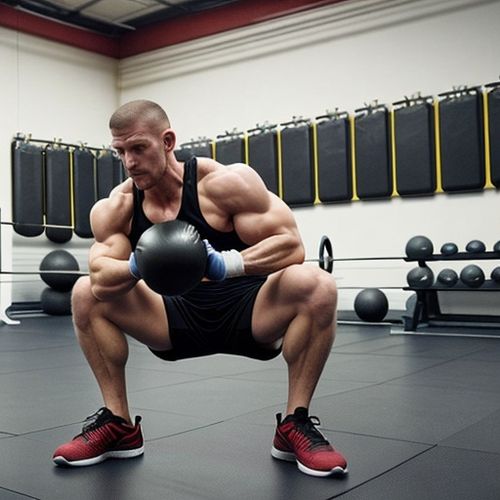
By Sophia Lewis/May 8, 2025
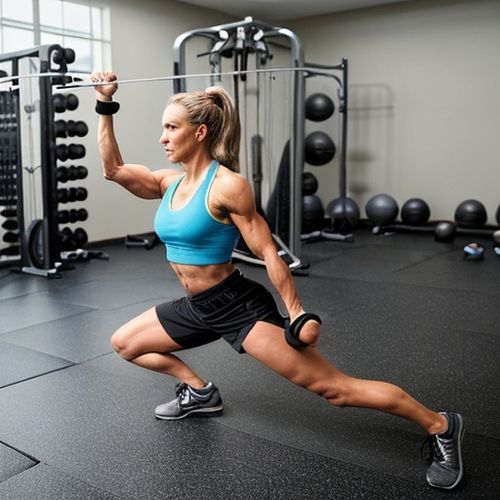
By John Smith/May 8, 2025
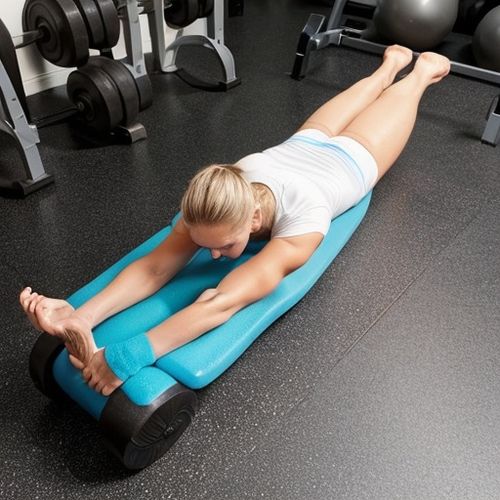
By Sophia Lewis/May 8, 2025
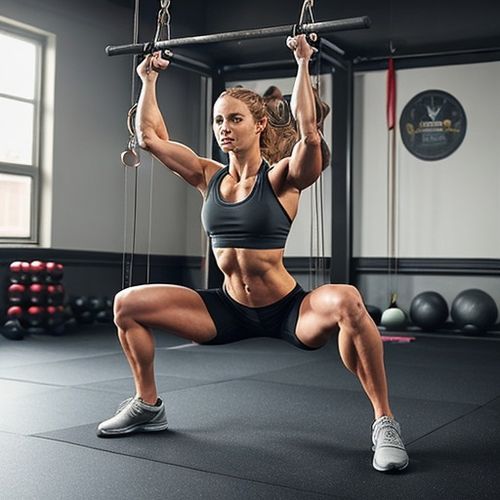
By John Smith/May 8, 2025
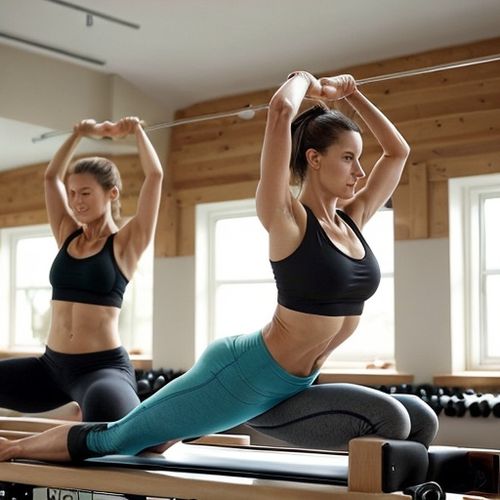
By Ryan Martin/May 8, 2025
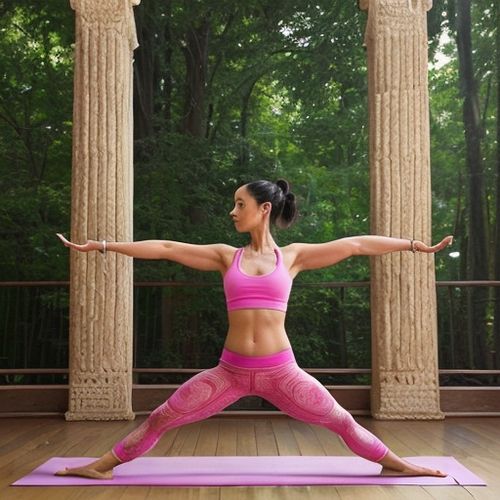
By Eric Ward/May 8, 2025
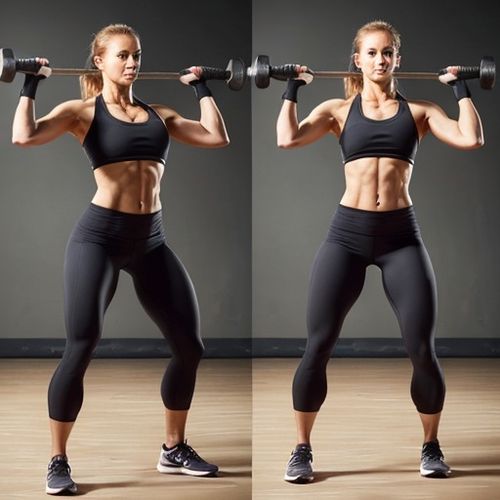
By Lily Simpson/May 8, 2025
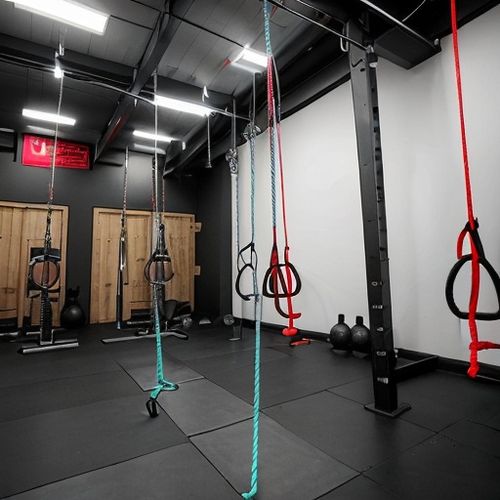
By Victoria Gonzalez/May 8, 2025
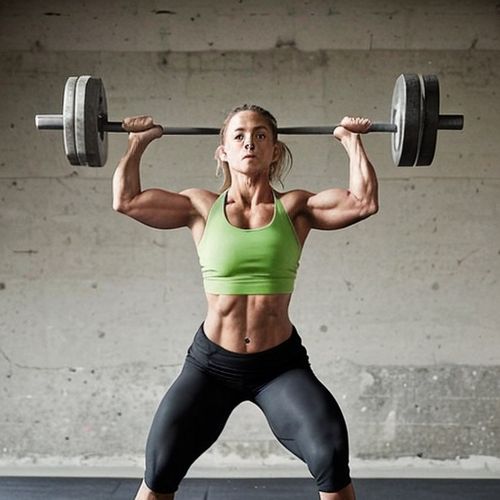
By James Moore/May 8, 2025
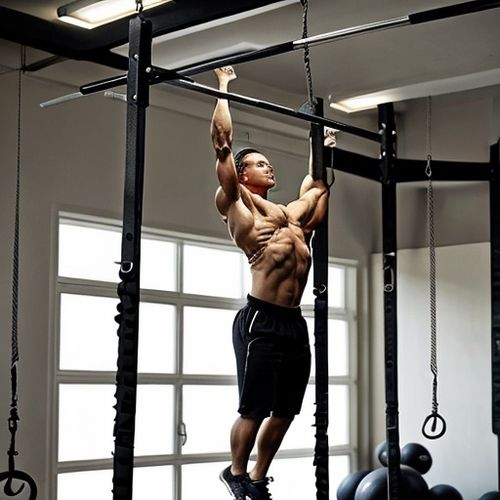
By Emily Johnson/May 8, 2025
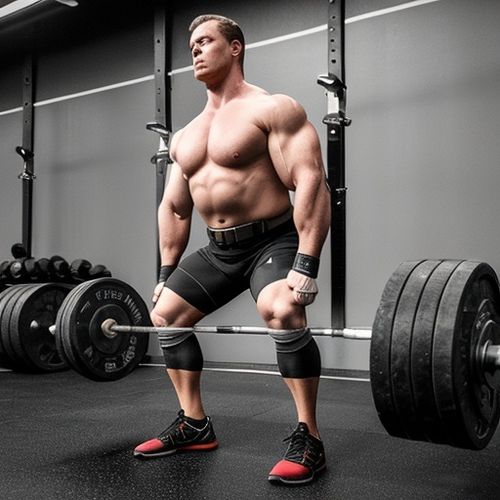
By Jessica Lee/May 8, 2025
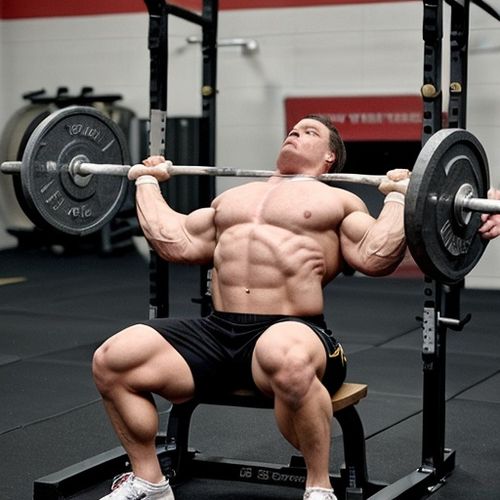
By Grace Cox/May 8, 2025
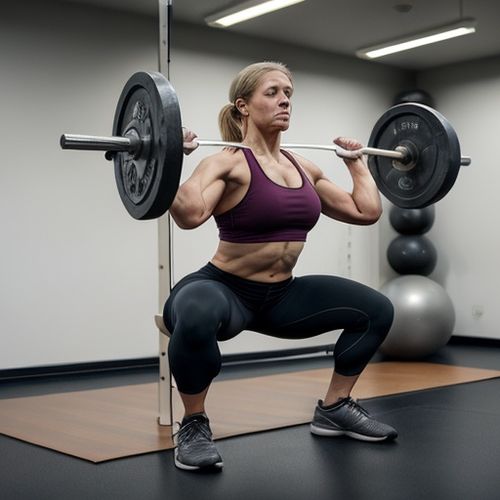
By David Anderson/May 8, 2025

By Elizabeth Taylor/May 8, 2025